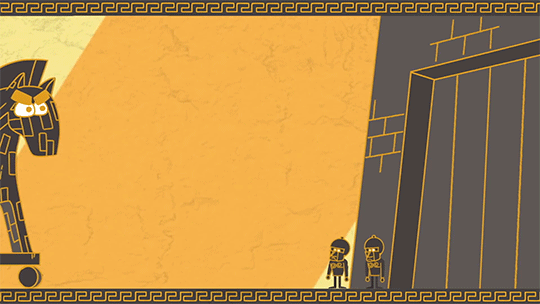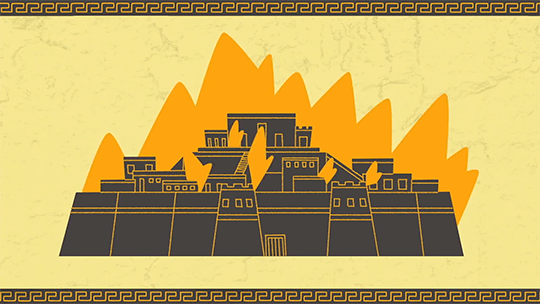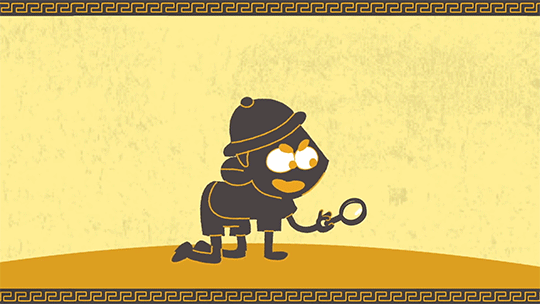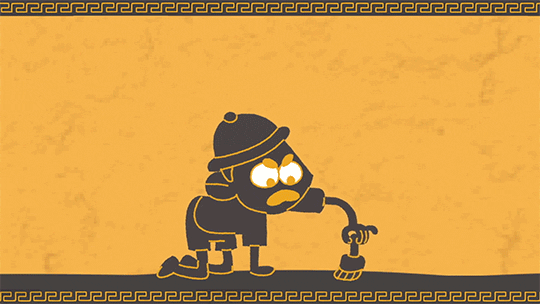PHOTO | did ancient troy really exist
페이지 정보
작성자 지연 작성일18-09-10 15:31 조회277회 댓글0건관련링크
본문
When Homer’s Iliad was first written down in the 8th century BCE, the story of the Trojan war was already an old one. From existing oral tradition, audiences knew the tales of the long siege, the epic duels outside the city walls, and the cunning trick that finally won the war.
In the end, the magnificent city was burned to the ground, never to rise again.
But had it ever existed? By the time the field of archaeology began to take shape in the 19th century, many were skeptical, considering the epic to be pure fiction, a founding myth imagining a bygone heroic era. But some scholars believed that behind the superhuman feats and divine miracles there must have been a grain of historical truth - a war that was really fought, and a place where it happened.
Frank Calvert was one such believer. He had spent his youth traveling and learning about ancient civilizations before accompanying his brother Frederick on a diplomatic mission to the northwest Anatolian region of Çanakkale. It was here that Homer described the Greek encampment at the mouth of the Scamander river. And it was here that fate brought Frank into contact with a journalist and geologist named Charles Maclaren. Locals and travelers had long speculated that Troy might’ve stood on one of the surrounding hilltops. But Maclaren had been one of the first to publish a detailed topographical study of the area. He believed he had found the site – a 32-meter mound known by the name Hisarlık, derived from the Turkish word for “fortress.” Frank Calvert began to survey the site, but lacked the funds for a full excavation. This was where the wealthy German businessman and amateur archaeologist Heinrich Schliemann came in. At Calvert’s invitation, Schliemann visited the grounds in 1868, and decided to excavate. Eager to find the ancient city, Schliemann tore massive trenches all the way to the base of the hill. There, he uncovered a hoard of precious artifacts, jewelry, and metalwork, including two diadems and a copper shield. Schliemann took full credit for the discovery, announcing that he had found Troy and the treasure of its king Priam. But the real treasure was elsewhere.
When later archaeologists studied the site, they realized that the mound consisted of no less than nine cities, each built atop the ruins of the last. The layer Schliemann had uncovered dated back to the Mycenaean Age, more than 1,000 years too early for Homer. But inside the mound was indeed evidence for a city that had thrived during the Bronze Age, with charred stone, broken arrowheads, and damaged human skeletons suggesting a violent end. It was Troy VII, contained in the middle layers and now ravaged for a second time by Schliemann’s careless excavation. The settlement, spanning some 200,000 square meters and home to as many as 10,000 people, thrived until around 1180 BCE. Its position at the southern entrance of the Dardanelles strait would’ve made a formidable strategic location for both defense and trade. Most importantly, there are the remains of a massive fortification wall – perhaps the very same one from which Priam and Hector once watched the Greeks approach.
Of course, it’s difficult to be certain that these ruins are the true remains of ancient Troy, and scholars still dispute whether the Trojan War as described by Homer ever happened. Yet the evidence is strong enough that UNESCO has labelled Hisarlık the archeological site of Troy. Regardless of its identity, thanks to persistence, a bit of faith, and a lot of research, archaeologists are bringing the long-buried secrets of an ancient, lost city to light.
From the TED-Ed Lesson Did ancient Troy really exist? - Einav Zamir Dembin
Animation by Cabong Studios
댓글목록
등록된 댓글이 없습니다.






